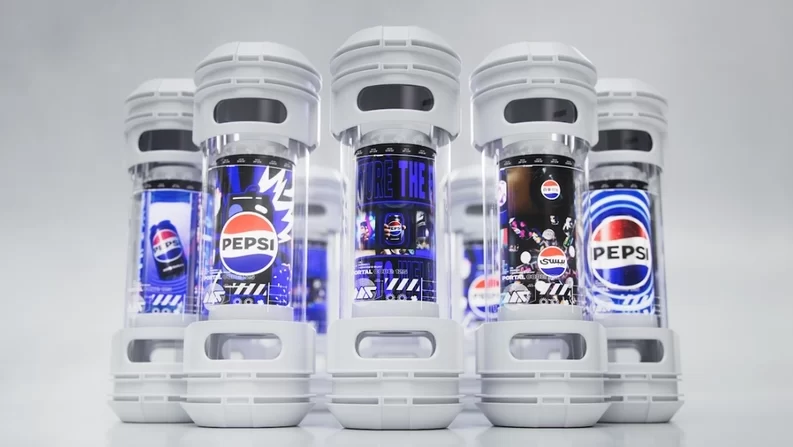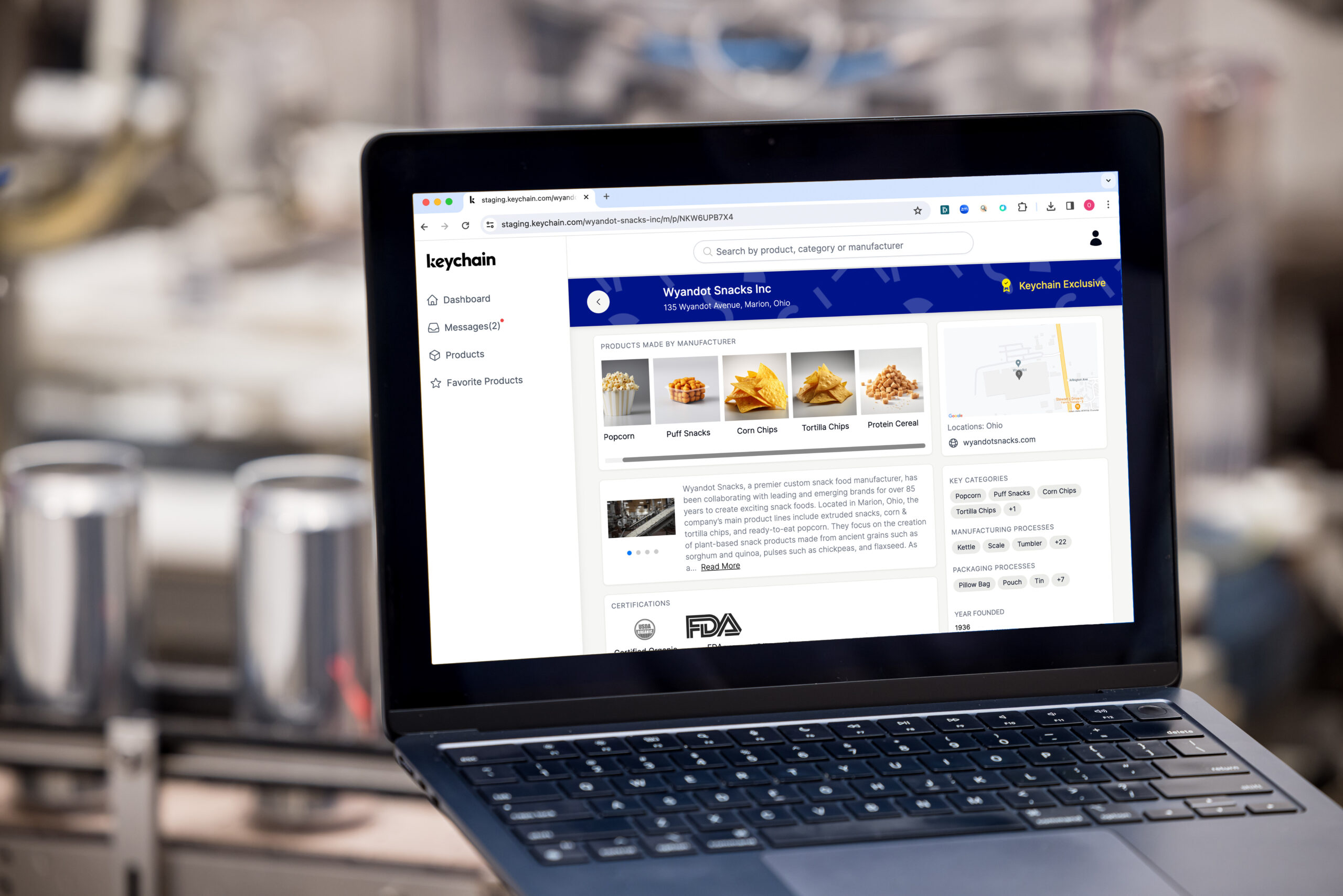In an era defined by rapid technological advancement and environmental challenges, the concept of controlled environment agriculture (CEA) is at the forefront of a profound transformation in the agricultural sector.
CEA leverages cutting-edge technologies to optimize growing conditions and maximize crop yields indoors, according to Agritecture founder and CEO Henry Gordon-Smith, who helped to break down the sector on a recent episode of The Food Institute Podcast.
Macro Trends Shaping CEA in 2024
Gordon-Smith provided insights into the macroeconomic conditions influencing CEA in 2024. Despite initial enthusiasm and substantial investments in vertical farming, there has been a recent retrenchment in the U.S. and Europe.
“Around 2023, it became clear that a lot of these farms were heavy on research and development. And the investors started to put more pressure on them, mostly triggered by a rise in interest rates – in the U.S. in particular – but also in Europe, and the rise of energy prices as a result of the war in Ukraine…many investors ran away just as quickly as they came in,” he said.
The Middle East is emerging as a hotbed for CEA innovation, however, with its limited arable land and high-wealth countries like Saudi Arabia. Government support and incentives are driving experimentation and development in the region, highlighting the importance of local context in shaping the CEA landscape.
Technological Innovations Driving Growth
Automation, powered by artificial intelligence (AI) and Internet of Things (IoT) sensors, is enabling more efficient and data-driven farming practices, but the costs can be very high for many operators.
“Automation is very, very expensive for vertical farms and greenhouses. So, you know, it only works at the larger scale. So once the companies get through that first stage, we do see a lot more automation applied to their first scaled-up commercial facility,” Gordon-Smith noted.
Sustainable agriculture innovations such as LED lighting, genetics, circularity, and renewable energy are paving the way for more environmentally friendly farming methods. These advancements not only optimize crop yields but also contribute to the overall sustainability of CEA operations.
Potential and Challenges of CEA
While the potential of indoor farming is vast, the economic realities and challenges associated with it are sometimes daunting. Leafy greens and specialty crops like strawberries show promise due to their freshness and consumer appeal.
“It’s important to understand that technically, you can grow anything in these farms. You can just look at the data and the historical research that NASA did to grow food in space – they can grow pretty much anything,” Gordon-Smith highlighted. “But we have to think about the economics, right? There are economic realities in the food system.”
High setup costs and the need for justification beyond freshness pose significant hurdles. Gordon-Smith predicted a future where indoor tomatoes and other crops could become economically viable, especially in markets affected by price fluctuations and scarcity.
Future Applications and Collaboration Opportunities
Looking ahead, Smith envisioned a future where CEA extends beyond traditional farming to pharmaceuticals, forestry, and more. Vertical farming could play a pivotal role in seedling production and quality control for large corporations.
“These are the projects you don’t hear about as much in the news as the leafy greens, but there are projects like that happening, and many corporations are looking at these technologies to prove the quality of their ingredients.”
The Food Institute Podcast
Controlled environment agriculture saw tons of interest and investment in the post-pandemic period, but how are macro-economic conditions impacting the sector in 2024? Agritecture founder and CEO Henry Gordon-Smith joined The Food Institute Podcast to break down the sector’s prospects, technological advancements, and what types of foods are being grown indoors.












